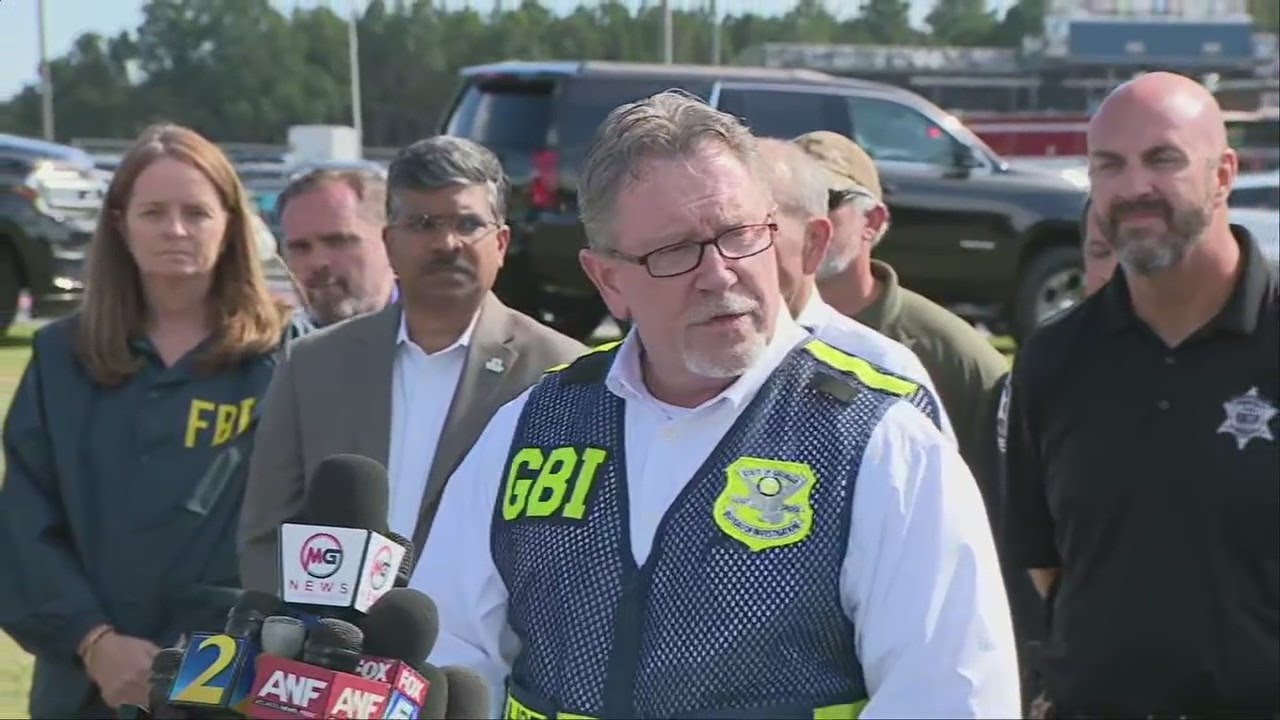In a tragic turn of events at Apalachee High School, a shooting that left four people dead and several injured was preceded by a chilling phone call that went largely unheeded. Early on the morning of the incident, the school received a direct threat warning of shootings at five schools, with Apalachee marked as the first target. This information, now widely discussed across social media, raises serious questions about how such threats are handled.
Imagine going to school, just like any other day, but then, out of nowhere, gunshots ring out. That’s what happened at Apalachee High School. But here’s the thing…it’s being reported that someone called the school beforehand, telling them exactly what was going to happen. Yet, despite this heads-up, the school wasn’t locked down, and the shooter, a 14-year-old student, managed to bring a gun inside.
This isn’t just about one school’s security measures; it’s about how we treat threats, especially when they’re so direct. The call wasn’t some vague warning; it was specific, naming Apalachee as the first of five schools. So, why wasn’t more done? This incident has sparked a lot of talk with people wondering if the school or maybe even the police didn’t take the threat seriously enough.
Some are pointing fingers at how schools handle these kinds of threats. They’re asking if there’s too much focus on not causing panic rather than on safety. Others are bringing up the bigger issue of gun control, arguing that if guns weren’t so easy to get, maybe this could’ve been prevented.
The whole situation has left students, parents, and the community in shock and looking for answers. How could a school, after receiving such a clear warning, still end up in the news for all the wrong reasons? This tragedy isn’t just about what happened that day; it’s a wake-up call about how we need to rethink our approach to school safety and how seriously we take threats.
As the investigation continues, one thing’s for sure: the phone call that morning wasn’t just a random prank. It was a missed chance to stop a disaster. Now, as people mourn and try to move forward, there’s a growing demand for change, for better protocols, and maybe, just maybe, a real conversation about mental health in America.


Leave a Comment